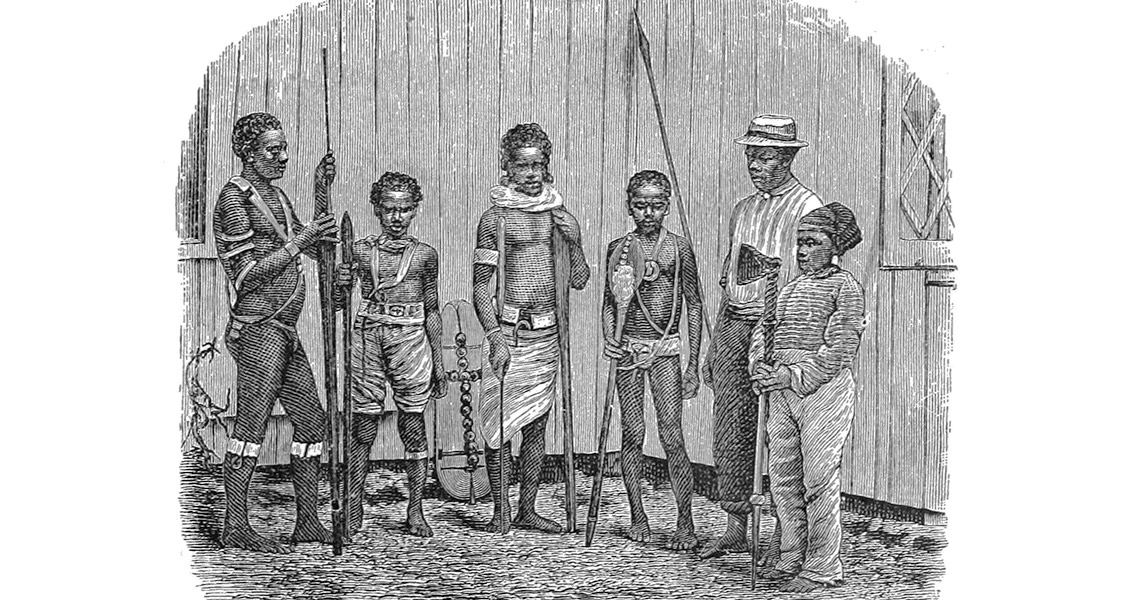<![CDATA[A new study has provided new insights into the evolution and migration of modern humans, finding both Neanderthal and Denisovan DNA preserved in the genetic codes of the inhabitants of the Melanesian Islands of the Pacific Ocean. Melanesia is a sub region of the Oceania continent, stretching from the western end of the Pacific Ocean to the Arafura Sea and eastward to Fiji. It includes four countries: Vanuatu, the Solomon Islands, Fiji and Papua New Guinea, as well as the islands of New Caledonia, West Papua and the Maluku Islands. Two of the most pertinent questions of our prehistory are addressed by the new study. Firstly, exactly how and when humans came to populate the isolated islands of the Pacific, a genetically and linguistically diverse region whose development is shrouded in ambiguity. Secondly, the regularity, chronology and extent of breeding between humans and various early hominin species, such as Neanderthals. The study, 'Excavating Neandertal and Denisovan DNA from the genomes of Melanesian individuals', has just been published by the journal Science. As part of the research, an international team of researchers compared the DNA of the two early human ancestor species, Neanderthals and Denisovans, with that of 35 modern day Melanesians living on islands off the coast of New Guinea. Significant amounts of both Denisovan and Neanderthal DNA were identified in the genomes of the modern Melanesians. D. Andrew Merriweather, a molecular anthropologist at Binghamton University, was involved in the initial collection of the samples used in the study, some fifteen years ago. "I'm surprised that these Neandertal and Denisovan genomes made it out to this remote place," he said in a press release from Binghamton University. "We know people have been there for at least 48,000 years because we find human remains that go back that far, but no one has ever been able to connect them to any other place. When you compare most of their genome sequences, they don't cluster with any other group. They've been there and been isolated for a very, very long time." A multitude of studies have examined the genetic crossover between Neanderthals and non-African populations, finding a genetic overlap of roughly 2 percent. Conversely, there is little to no Neanderthal or Denisovan ancestry among Africans. This latest study, led by Benjamin Vernot, is one of the first to develop an approach to identify DNA inherited from multiple archaic hominin ancestors and apply it to whole-genome sequences. It found an overlap between 1.9 and 3.4 percent in the genetic codes of the Melanesians and Denisovans. This presence of Denisovan DNA is perhaps the most fascinating finding from the team's research. Denisovan remains have only been found in isolated regions of Siberia, raising the questions as to how their DNA entered our gene pool, and how ancient humans traveled across the oceans to get to Melanesia. "Most people know back a few generations, maybe five generations," Merriweather said in the press release, "but where did we come from before that? That's what we want to find out." For more information: www.science.sciencemag.org]]>
Neanderthal and Denisovan DNA in Modern Humans
